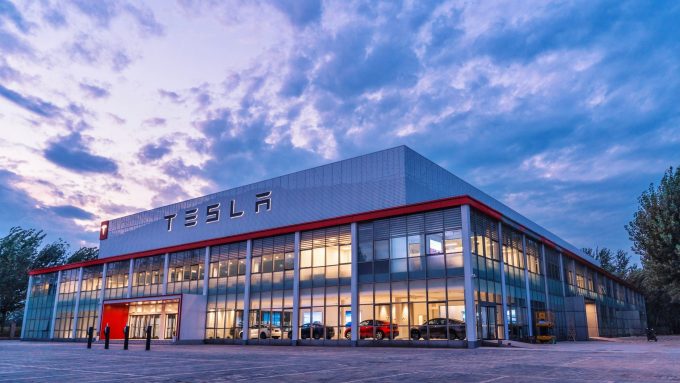Wallenius Wilhelmsen orders more car-carriers – and the biggest yet
Not to be dissuaded from its car-carrier ordering spree, Wallenius Wilhelmsen has exercised options for ...

Reshoring and nearshoring are complex businesses, requiring significant levels of planning, with the drivers for each company differing on supply chains for raw materials, production requirements and proximity to consumers, among other things.
Tesla, in its deliberations over a plant to be built in Mexico, considered ...
CMA CGM South Korean staff strike over bonuses after bumper 2024 profit
MSC switches two more Asia-Europe port calls from congested Antwerp
CMA airline returns two freighters, while ANA takeover of NCA looms
Nightmare for Bangladeshi exporters as congestion and tariffs bite
Tradelanes: Export boom in Indian sub-continent triggers rise in airfreight rates
Carriers introduce surcharges as congestion builds at African ports
Ports and supply chain operators weigh in on funding for CPB
Front-loading frenzy has made traditional H2 peak season 'unlikely'

Comment on this article